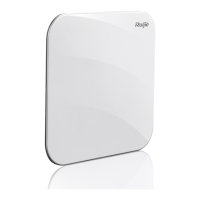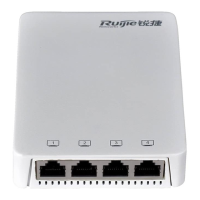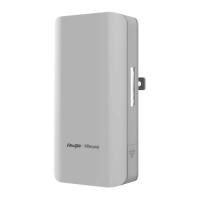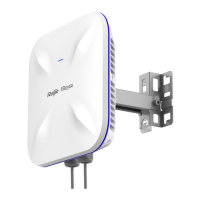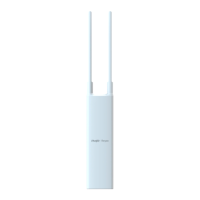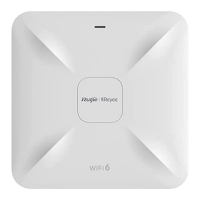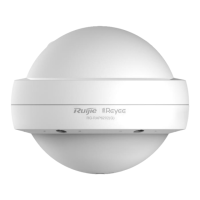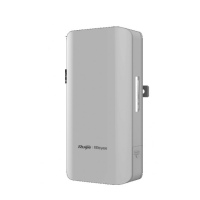Configuration Guide Configuring USB
11 Configuring USB
11.1 Overview
Universal serial bus (USB) is an external bus standard. In this document, USB refers to a USB-compliant peripheral device,
for example, a USB flash drive.
USB is a hot swappable device. You can use it to copy files (such as configuration and log files) from a communication
device, or copy external data (such as system upgrade files) to the flash of the communication device.
Specific application scenarios of the USB are detailed in configuration guides of related functions. This document describes
only how to identify, use, and remove the USB and view information about the USB.
11.2 Applications
Using a USB Flash Drive to Upgrade
a Device
Upgrade files are stored on a USB flash drive. After a device is powered on, the
device detects the USB flash drive and runs the upgrade command to load the
upgrade files. After loading is completed, the device is reset and runs the upgraded
version.
11.2.1 Using a USB Flash Drive to Upgrade a Device
Scenario
Upgrade files are stored on a USB flash drive. After a device is powered on, the device detects the USB flash drive and runs
the upgrade command to load the upgrade files. After loading is completed, the device is reset and runs the upgraded
version. An example of the upgrade command is as follows:
upgrade usb0:/s12k-ppc_11.0(1B2)_20131025_main_install.bin
If the file is valid and execution of this command succeeds, the device will be automatically reset and run the upgraded
version.
Deployment
Use the prefix "usb0:/" to access USB 0. Run the show usb command to display information about the USB with the ID
0.
Run the upgrade command to perform upgrade.
